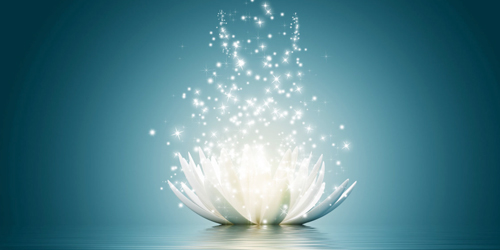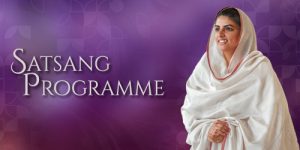The foundation of life is to understand who we are, or more appropriately, what we really are. In so doing, we unravel our outer, gross nature to arrive at our inner, eternal nature. Such a process of exploration culminates in moksha (liberation), with which we are able to rise above our psychological identity to embrace our spiritual entity. The four aims of life, Purusharthas of Vedanta – i.e. – artha, kama, dharma and moksha – allude exactly to the above.
Artha
The first aim, artha, relates to a mandatory measure of material comfort to meet our basic needs, in the way of an income, roof over our heads, healthcare and education. In the absence of these needs, spirituality is a difficult pursuit. Indeed, when someone is in extreme poverty, their focus is usually on the material, rather than the spiritual. In having met our basic needs, we are in a position to devote more time to moksha. We find that our material life supports our spiritual goals. We no longer see them as two separate paths, but one inclusive way forward.
Kama
The second aim, kama, is about fulfilling our desires – desires that consume us and add to our ego, which rarely differentiates between our wants and needs. These unchecked wants for pleasure, wealth, power or recognition must be fully understood. This is where discernment (viveka), whilst in the awareness of Nirankar, has to be utilized in two ways. We can either fulfil the desires in question or transcend them. It is important to note that we should never suppress them, for in so doing, they come back to us in a stronger form. We can visualise such a suppression through the example of an active volcano that can erupt at any time.
However, when we utilize our viveka, we cool down the volcano completely, as we choose to transcend those desires. Fulfilling or transcending our desires, therefore, allows us to get one step closer towards immersing ourselves into Nirankar. In fact, the desire for this oneness with Nirankar would be the ideal desire for any spiritual aspirant.
Dharma
Dharma, the third aim, is basically about our duties or responsibilities in life. It can be understood as our purpose or true calling. The jiva (living substance) is said to choose a body that enables it to perform the said duties effectively. The work or duties undertaken and completed determine our dharma. This may change over our lifespan.
Again, our dharma is based on ethical living, and carving out our own individual path accordingly. To emphasise this, Lord Krishna (Bhagavad Gita, 3:35) says, it is better to follow your own dharma imperfectly than to follow another’s path perfectly. He makes it very clear here that we are all individuals, with our own path of challenges and successes, which we must honour and fulfil.
When we are living our own dharma, we find our actions and thoughts are spontaneously ethical and fruitful. We know what to do and what to think. We create a baseline of harmony, in which there is complete self-fulfilment and life at ease. Influencing both artha and kama, dharma prepares us for moksha, the foundation of life.
Moksha
Now what is moksha? Moksha is liberation. But what are we liberated from? We are liberated from the false identification of what we are. We no longer identify with the body and mind, but with the Changeless, Formless, Ultimate Reality. Moksha is self-realization; it is when you realize what you really are.
Liberation is discovered when we get to know what Nirankar (Formless Ultimate Reality) is through Satguru’s gift of Brahm Gyan. It is only when we fully abide by the Brahm Gyan that we grasp the Oneness of creation. There is not even one iota of duality in this. We understand completely that this Formless Reality that is all-pervading is the only True Reality. It is not separate from me, nor is it separate from anyone or anything else. It can be seen as our Shared Being. The ultimate aim of life is, therefore, achieved.
To conclude, we must live a fulfilled life by mastering our purpose of life, our basic needs, our desires and living in the awareness of this Formless Ultimate Reality as our own Self. When we live in this Supreme Awareness, we live the best life that we can possibly live.
– Rahul Singh, Atlanta, USA








